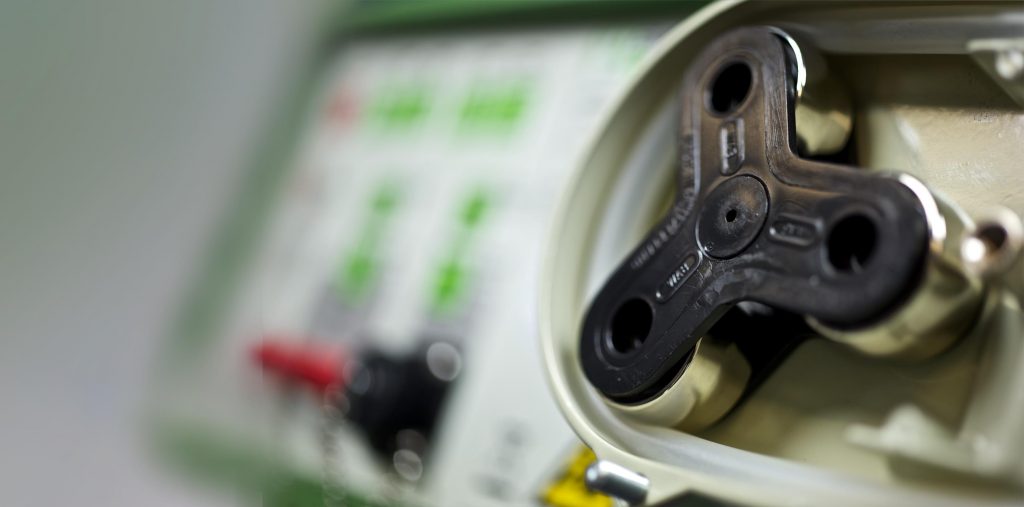

Low Flow Sampling Techniques

January 6, 2014
Low flow sampling is the extraction of groundwater at rates comparable to ambient groundwater flow (typically less than 500 ml/min), so that the drawdown of the water level is minimised, and the mixing of stagnant water with water from the screened intake area in a well is reduced.
Stabilisation of parameters (pH, D.O., conductivity, temperature, etc.) and turbidity of the purged water are monitored before a sample is taken, thus low flow methods facilitate equilibrium with the surrounding formation and produce samples that are truly representative of the groundwater being analysed.
It is generally accepted that water in a well casing is not representative of the formation water and needs to be
purged prior to collection of groundwater samples. However, the water in the screened interval may indeed be representative of the formation, depending upon well construction and site hydrogeology. Wells are purged to some extent for the following reasons: the presence of the air interface at the top of the water column resulting in an oxygen concentration gradient with depth, loss of volatiles up the water column, leaching from or sorption to the casing or filter pack, chemical changes due to clay seals or backfill, and surface infiltration.
Low-flow purging, whether using portable or dedicated systems, should be done using a pump-intake located in the middle or slightly above the middle of the screened interval. Placement of the pump too close to the bottom of the well will cause increased entrainment of solids which have collected in the well over time. These particles are present as a result of well development, prior purging and sampling events and natural colloidal transport and deposition. Therefore, placement of the pump in the middle or toward the top of the screened interval is suggested. Placement of the pump at the top of the water column for sampling is only recommended in unconfined aquifers, screened across the water table, where this is the desired sampling point. Low flow purging has the advantage of minimising mixing between the overlying stagnant casing water and water within the screened interval.
In general, the advantages of low-flow purging are:
• samples which are representative of the mobile load of contaminants present (dissolved and colloid-associated)
• minimal disturbance of the sampling point thereby minimising sampling artefacts
• less operator variability, greater operator control reduced stress on the formation (minimal drawdown)
• less mixing of stagnant casing water with formation water
• reduced need for filtration and, therefore, less time required for sampling
• smaller purging volume which decreases waste disposal costs and sampling time
• better sample consistency; reduced artificial sample variability.
Van Walt provides a selection of equipment specifically for Low Flow Sampling and we have a host of other resources like Equipment Films and Technical Information Sheets around the subject. Better still you can talk to one of our experts on +44 (0)1428 661660.
You might also be interested in...
Van Walt Guidelines for sampling for PFAS in Groundwater
November 13, 2024We need to make clear, that at the time of writing, there are no ISO or EN standards which deal with the sampling of groundwater for PFAS.
Read MoreSpot measurement v. continuous environmental monitoring
August 25, 2023Environmental monitoring has developed considerably over the years. From the time when a consultant went out monthly or quarterly with a dip tape to monitor the groundwater level in a borehole, wind forward...
Read MoreMeasuring Nitrates (NO3, NO3-N) in the field
June 20, 2023The interest in Nitrates is nothing new. One way or another we have been measuring them for half a century.
Read MoreVan Walt Environmental Equipment
A small selection of our environmental equipment